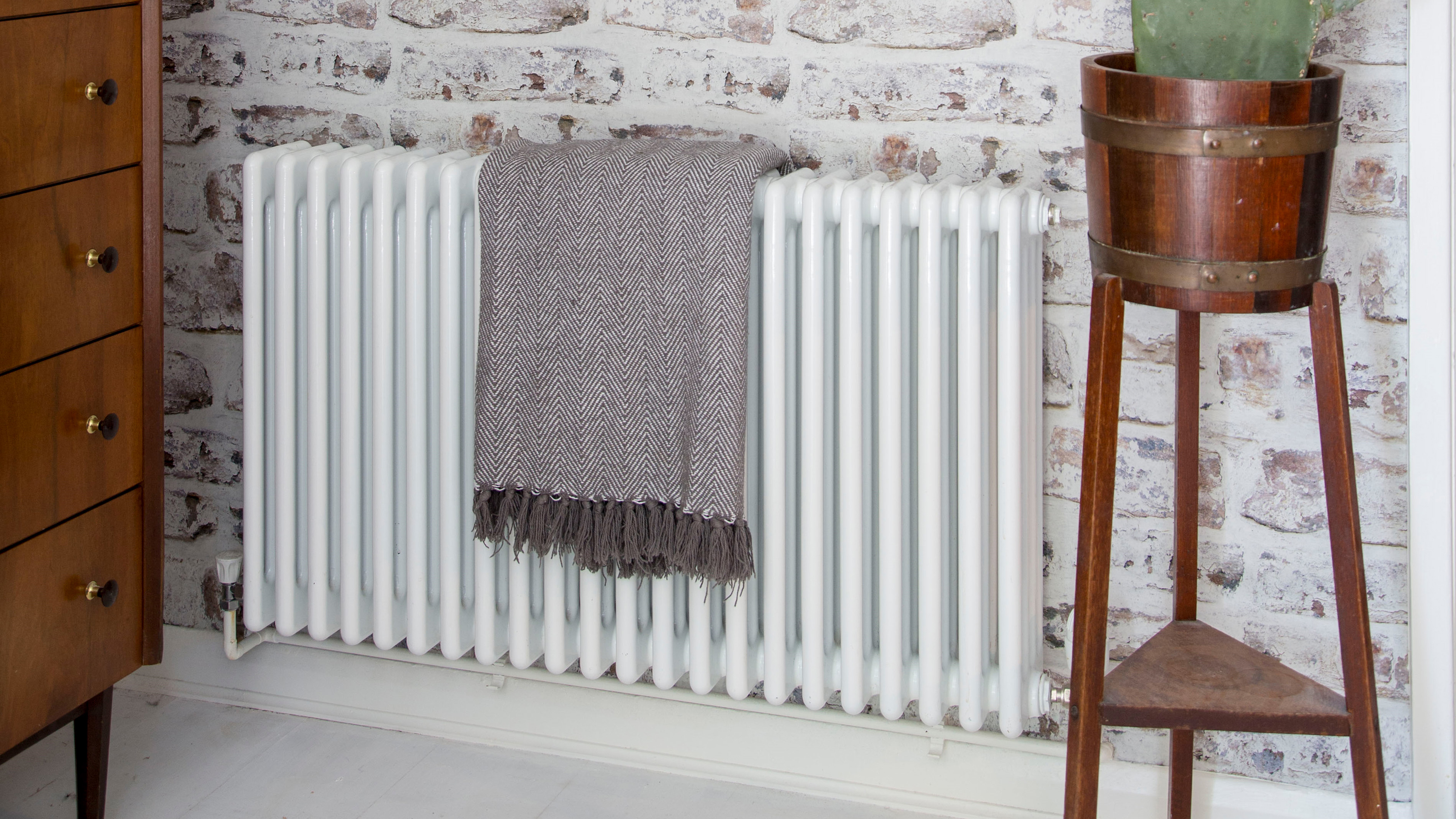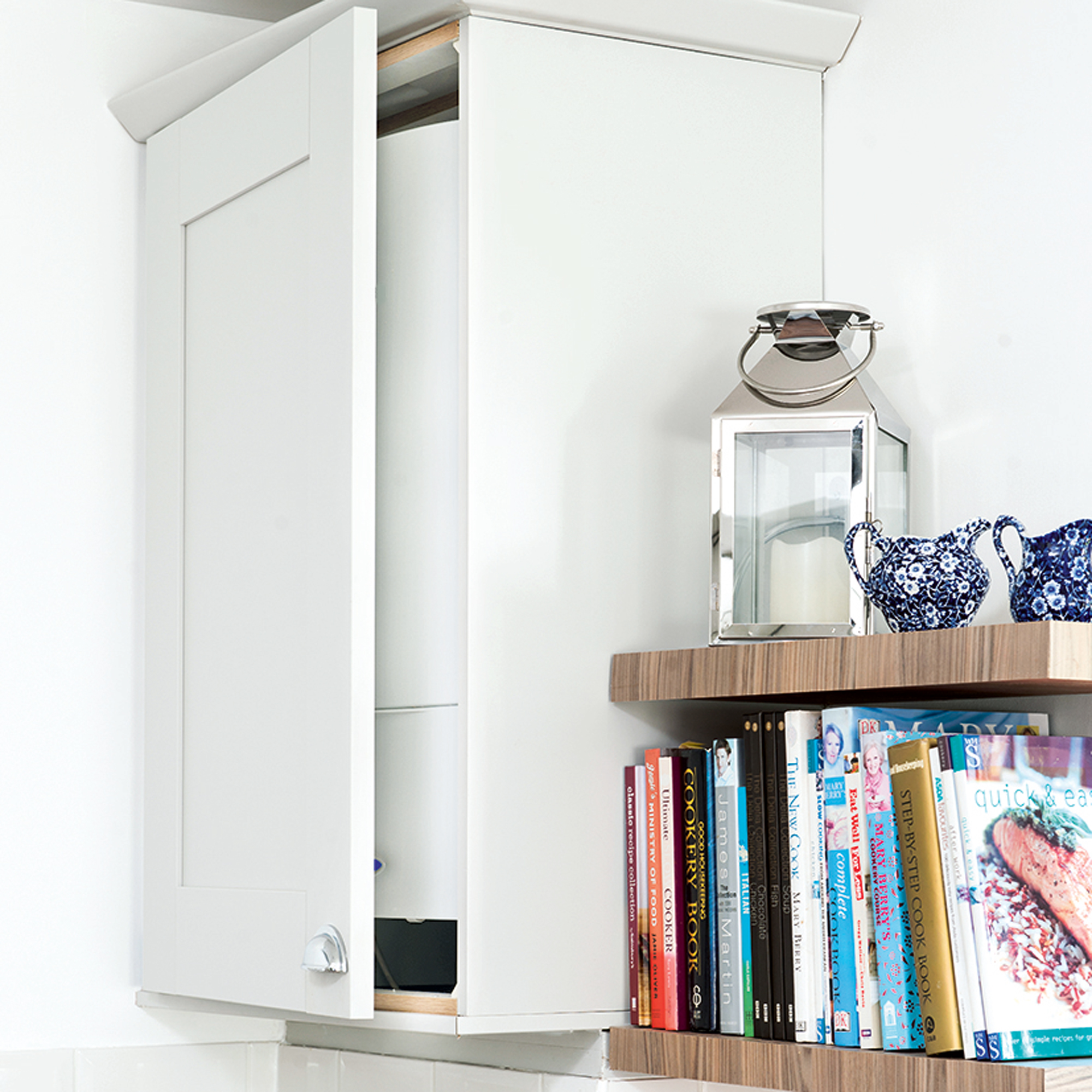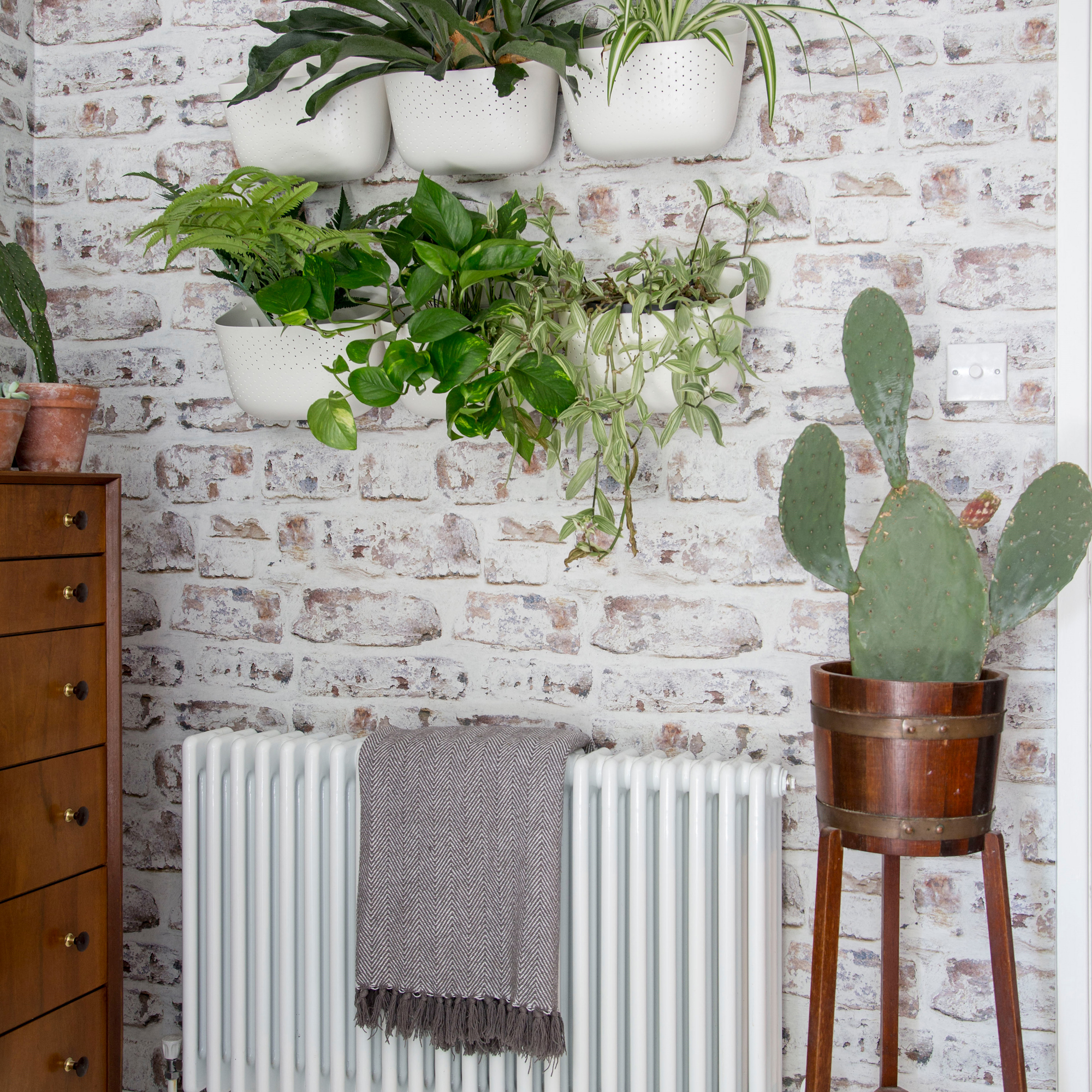Save £112 without touching the thermostat with this hidden boiler trick
New research reveals the setting you should be changing on your combi boiler to save money without turning off the heating


If you are looking for a free way to lower your energy bills, changing a setting on your combination boiler could save £112 a year claims new research by innovation charity Nesta.
Nesta revealed that turning the flow temperature on a combi boiler down to 60 degrees or below could help save £1 billion from energy bills across the UK, and save 1.7 million tonnes of carbon emissions.
Typical money-saving measures have seen many of us reaching to turn down the thermostat to save on energy as bills rose for money homes this month. However, according to ONS data, only 1 in ten people have lowered their combi boiler flow temperature in the last year.

'While the Energy Price Guarantee is helping millions to avoid financial ruin from high energy bills, the actual amount people pay still depends on their energy use, so it is important that anyone needing to keep costs as low as possible this winter feels confident taking action.
'Many people are already doing as much as they can to save money on energy bills but there are hidden tricks that people can take themselves that don’t affect their comfort,' says Madeleine Gabriel, Director of Sustainable Future at Nesta.
'We have found people can save £112 a year just by making one change to their combination boiler to make it more efficient - a much bigger saving than many better-known energy saving tips.'
So how exactly, and why does lowering the flow temperature on a combi boiler work? The flow temperature is the temperature that a combi boiler heats water up to before it circulates around the radiators in a home. A combination boiler will work more efficient at 60 degrees or below.
Sign up to our newsletter for style inspiration, real homes, project and garden advice and shopping know-how

Research by Salford University found that dropping the temperature from 80 degrees to 60 can save 9 per cent of total gas use, equating to £112 in the average home. While it did mean that it took homes up to 15 minutes longer to reach the right temperature, it saved more money than putting the heating on for a shorter period at a higher flow temperature.
That means if could help to keep a house warm in winter as you could still be saving money without adjusting the time or thermostat settings.
Nesta commissioned Cambridge Architectural Research to ascertain how effective this energy-saving measure was. The research found reducing a combination boiler’s flow temperature was a more effective money-saving measure than fitting a smart thermostat, closing curtains at night and placing foil behind the back of radiators.

Nesta has launched the campaign in partnership with Which? Energy UK, EDF, E.ON Next and Octopus Energy and created an online tool to provide DIY step-by-step guidance.
The campaign has already received an endorsement from Money Saving Expert Martin Lewis who tweeted: 'A single change to your combi boiler (the most common type) setting could save you cash. The new boiler challenge from charity Nesta.'
A way to lower energy bills without sacrificing our heating, we'll definitely be signing up to this challenge.

Rebecca Knight has been the Deputy Editor on the Ideal Home Website since 2022. She graduated with a Masters degree in magazine journalism from City, University of London in 2018, before starting her journalism career as a staff writer on women's weekly magazines. She fell into the world of homes and interiors after joining the Ideal Home website team in 2019 as a Digital Writer. In 2020 she moved into position of Homes News Editor working across Homes & Gardens, LivingEtc, Real Homes, Gardeningetc and Ideal Home covering everything from the latest viral cleaning hack to the next big interior trend.